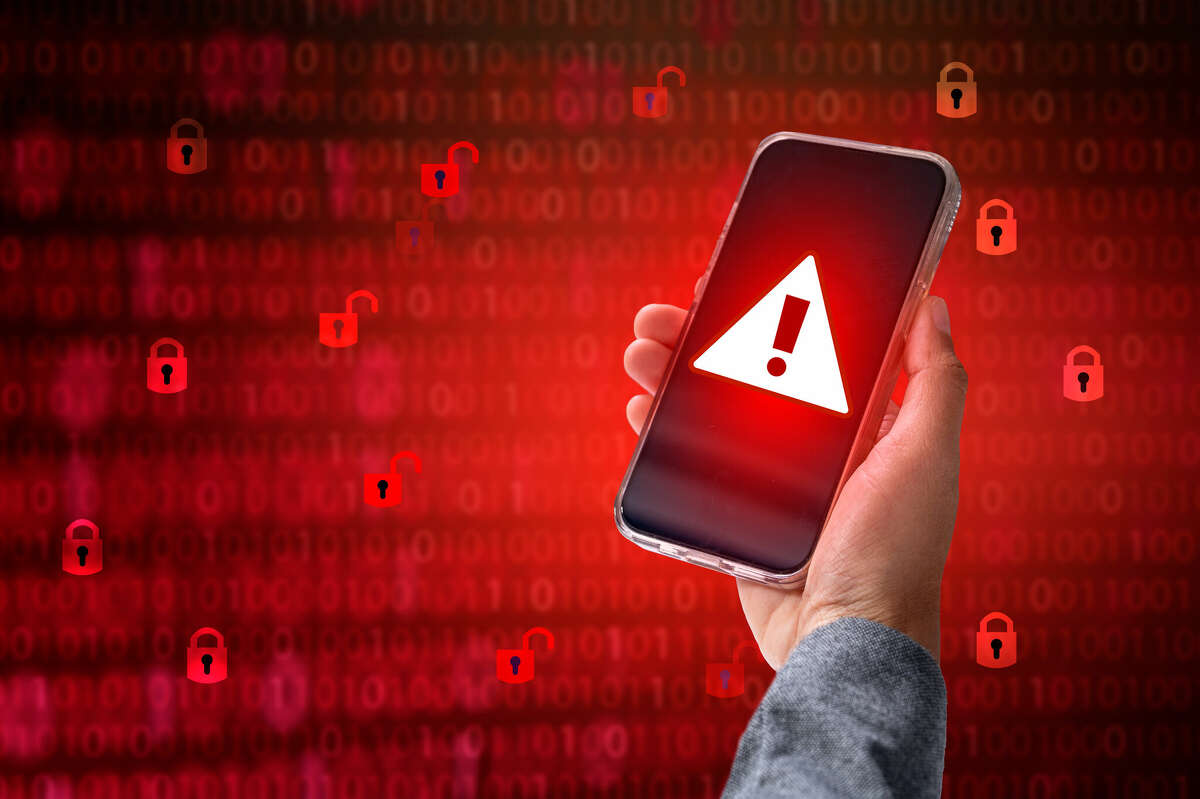Yesterday the federal government conducted a nationwide test of its Wireless Emergency Alerts (WEA) system. At or about 2:00 PM EST, it sent a message to all mobile phones, televisions, and radios located throughout the United States. You likely received the test, and if not, heard the sporadic buzzing and beeping of other mobile devices within earshot.
This exercise is a good reminder for organizations. What if you needed to send a secure message to a group, department, division, or perhaps your entire enterprise? How long would it take to mobilize (pun intended)?
Most organizations rely on email as their de facto platform to communicate and disseminate important news, bulletins, and announcements. Others rely on Slack, Teams, and other collaboration platforms. But these may not be the most efficient, and certainly not the most secure.
Secure communications and messaging apps provide an alternative but not all are created equal. The key is end-to-end encryption that facilitates fully secure and verifiable delivery to all end user devices.
Why is this important? It all depends on the sensitivity of the message and the circumstances of why it is being sent as well as to whom. Only you can determine the risk and cost associated with the prospect of your messages being spoofed, altered or intercepted.
As you evaluate existing applications and systems, or perhaps consider an alternative solution, be sure to verify your capability to broadcast secure messages is fully integrated with end-to-end encryption.


